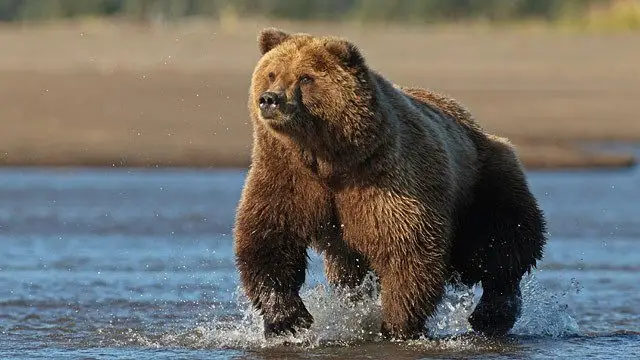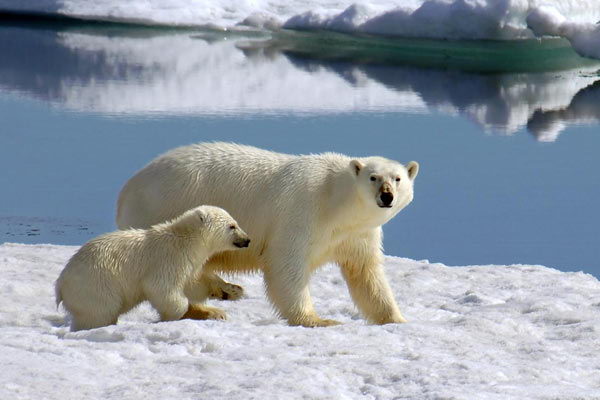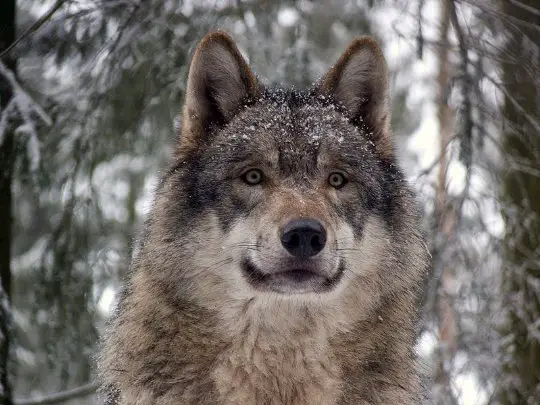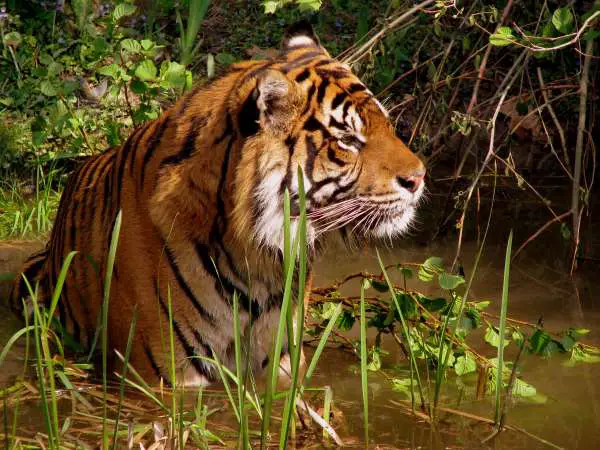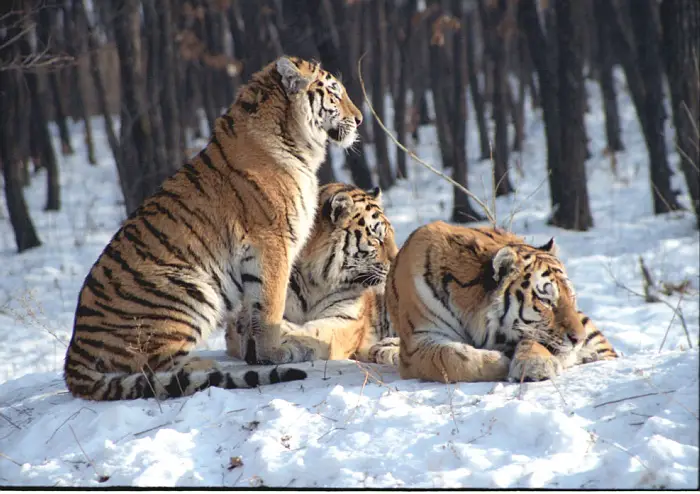Are you eager to to know about the most essential sun bear facts? Perhaps you should take a look at these facts The sun bear ((Helarctos malayanus), also called honey bear, is a bear species that inhabits all along the tropical rainforests in North-East India, Myanmar, Laos, Bangladesh, Cambodia, Veitnam, Peninsular, Sumatra Islands, Borneo, Thailand, and China. Apart from tropical rainforests, sun bear can also be found in the thick lowland forests.
Amazing Sun Bear Facts
The length of the sun bears measure around 120 – 150 cm (47 – 60 inches), and is by far the smallest member across the bear family.
The females are 10 – 45% smaller as compared to males.
The weight of the males is about 30 – 70 kg (66 – 154 lb); whereas the females weigh around20 – 40 kg (44 – 88 lb).
The height of the sun bear from its shoulder measure around 60 – 78 kg (24 – 28 inches).
The claws of sun bears are light in weight that supports them in climbing trees.
The length of the tail measure around 1.2 – 2.8 inches (3 – 7 cm).
The sun bears have an elongated tongue with the length measuring at 20 – 25 cm (8 – 10 inches).
With the help of their long tongue, sun bears extract honey from beehives which is one of the most favorite activities and diet.
The furs on its body are relatively short and shiny.
They have a keen sense of smell.
The sun bears are nocturnal and they relax the whole day.
They are known to spend most of their daily time in trees.
According to some reports, the sun bears have destroyed numerous trees like coconut palms, cacao, and other tree plantations.
There are not many predators of sun bears. However, some of the noteworthy predators are tigers, pythons, leopards, Asiatic black bear, and clouded leopards.
The population of these species has been declined significantly over the recent times possibly due to poaching and hunting.
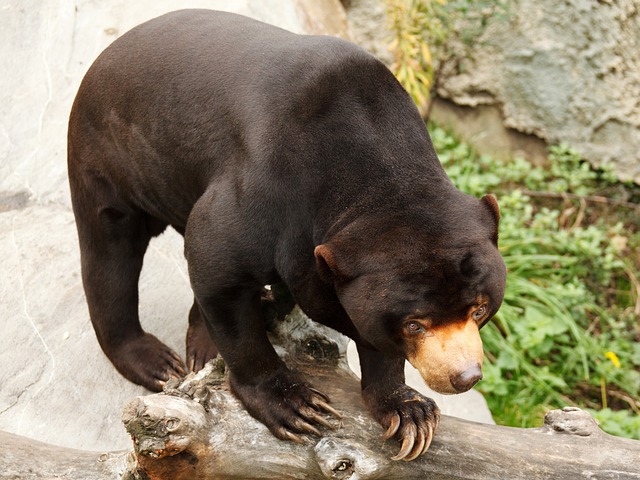 What Do Sun Bears Eat
What Do Sun Bears Eat
The sun bears predominantly feed on several invertebrates, fruits and vertebrates. Some of the most common vertebrates include turtles, birds, lizards, eggs, palm tree’s tip, berries, bee’s nest, sprouts, coconuts, and roots. It follows that sun bears consume almost 100 species of insects and 50 species of plants matter. Theses mammals rely mostly on leaves for their daily consumption. Some of the most common invertebrates include beetles, ants, termites, and beetle larvae.
Reproduction | Sun Bear Facts
- These types of bears do not hibernate; consequently they reproduce all throughout the year.
- The lifespan of sun bears is about 30 years in captivity.
- They become mature after 3 – 4 years.
- A female is capable to litter 1 to 2 cubs each year.
- The weight of these cubs measure around 300 – 400 grams. They are completely hairless when they are born.
- The period of gestation lasts for about 96 days.
- The mother will nurse their cubs for about 18 months.
- These cubs will play around after 1 – 3 months.
- Females reach the maturity age after 3 years.
Sun Bear Facts | Video

